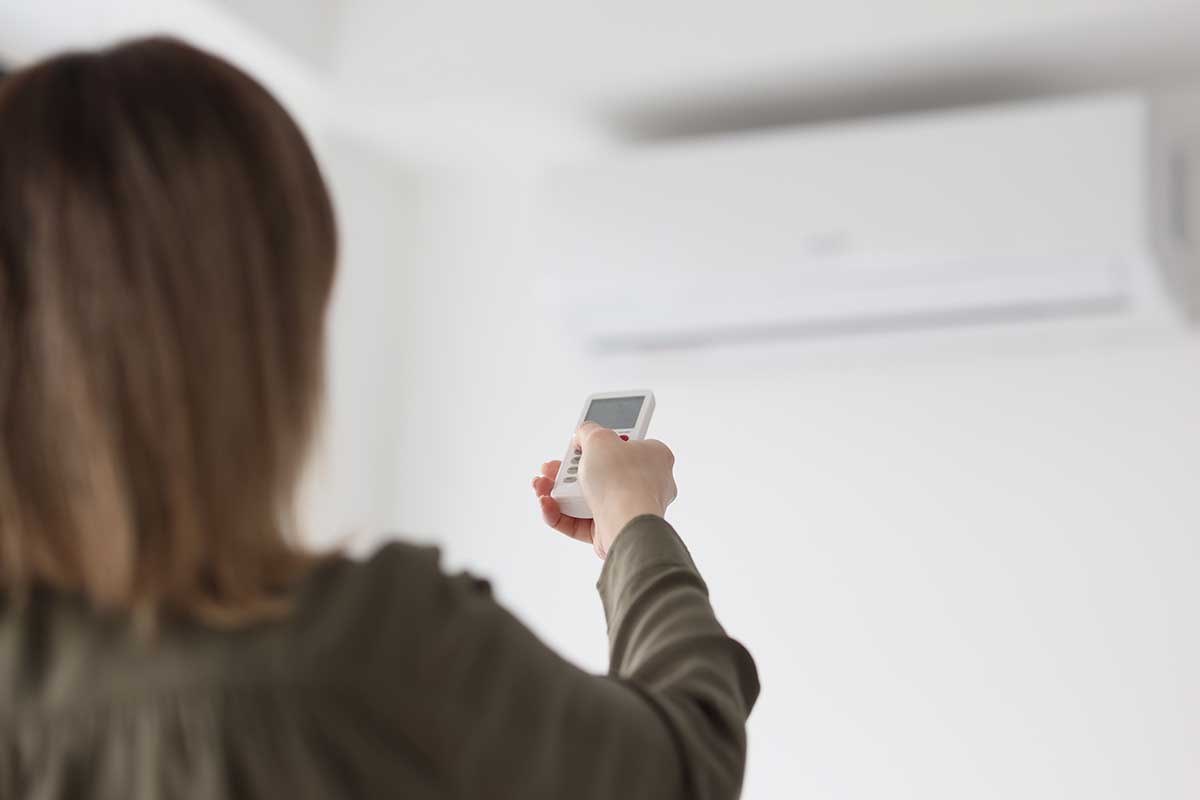Do I Have a Heat Pump? Here’s How to Tell in 5 Easy Steps
Key Points
- A Heat Pump Is a Two-in-One System That Works Year-Round. Unlike traditional systems that only heat or cool, a heat pump both heats in winter and cools in summer using energy transfer, not fuel. It’s efficient, quiet, and easy to miss if you’re not looking closely.
- Your Thermostat Can Offer Big Clues. If your thermostat includes settings like “Emergency Heat” or “Auxiliary Heat,” it’s a strong indicator you’re using a heat pump system, especially if your outdoor unit runs even in cold weather.
- Looks Can Be Deceiving—But Simple Tests Help. Heat pumps look just like central AC units, but you can usually tell by turning on the heat and seeing if the outdoor unit starts running. You can also confirm by checking model numbers or labels, or asking your HVAC provider.
If you’ve ever stared at your thermostat and wondered what kind of HVAC system is actually heating or cooling your home, you’re not alone.
Heat pumps can look just like regular air conditioners, but they do a whole lot more.
Whether you moved into a new place, lost track of what your HVAC installer said, or just never gave it much thought, this guide will help you figure out if you’ve got a heat pump working behind the scenes.
What’s A Heat Pump?
A heat pump is a device that replaces both your air conditioner and your furnace in a typical HVAC setup.
That’s the part that’s easy to overlook. You don’t have separate systems switching off behind the scenes, you have one heat pump air conditioner system pulling double duty, cooling you off in summer and warming you up in winter.
It’s more like having a Swiss Army knife than a one-trick appliance.
No flames, no fuel, just a compressor pulling energy from one place and sending it where you need it.
It’s a smart, energy-efficient solution for year-round climate control.
Think of it as a two-way climate conveyor belt: in the winter, it pulls heat from the outdoor air and moves it indoors to warm your home; in the summer, it reverses, extracting heat from inside your house and releasing it outdoors to keep things cool.
Unlike a furnace or boiler, which generates heat by burning fuel, a heat pump air conditioning system moves heat, making it far more efficient.
It’s essentially an all-season temperature manager, not just a heater or an air conditioner.
What Does A Heat Pump Do?
A heat pump ac and heat system acts like a temperature traffic director. It shifts heat in or out of your home depending on the season.
When it’s cold out, it finds warmth in the air, even freezing air holds heat energy, and transfers it inside.
When it’s hot, it works like an air conditioner by pulling heat from indoors and pushing it outside.
What Does A Heat Pump Look Like?
At a glance, a heat pump ac system looks just like a standard central air conditioner.
The outdoor unit is a metal box with a fan on top and grilles along the sides, nothing exotic.
Indoors, you’ll have an air handler or a furnace-like unit with ductwork, or a wall-mounted unit if it’s a ductless system.
What sets it apart isn’t what it looks like, but what it does.
If you’re only going by appearance, it’s nearly impossible to tell the difference between heat pump and ac setups.
You’ve probably already seen one, and mistaken it for an AC unit. Same shape, same size, same sound as a central air conditioner.
That outdoor unit doesn’t care what season it is, it runs in winter, too.
That’s your hint. While a regular AC goes into hibernation until spring, a heat pump is like a year-round worker bee. It just keeps doing its job, even when there’s frost on the ground.
Difference Between Heat Pump And Air Conditioner
Both systems cool your home using the same basic process: removing heat from indoor air and pushing it outside.
But here’s the kicker, only the heat pump has a reverse gear. That means it can flip the process to bring heat into your home during colder months.
A traditional air conditioner can’t do that; it only cools. So if your outdoor unit is working even in the dead of winter, chances are, you’ve got a heat pump ac system.
This is the key difference between heat pump and ac setups.
How To Tell If I Have A Heat Pump?
If your thermostat has settings like “Emergency Heat” or “Auxiliary Heat,” that’s a strong clue you’ve got a heat pump air conditioning system.
Those settings exist because heat pumps rely on backup heat sources during extremely cold weather.
Some smart thermostats even have a dedicated heat pump configuration. But if you’re unsure, the thermostat alone won’t give you a guaranteed answer.
It’s more like a hint, not proof.
The better clue is what your thermostat does when you switch to heat. If the outdoor unit whirs to life, you’re not using a furnace, you’re watching your heat pump ac and heat system go to work.
Can You Identify a Heat Pump Just by Looking at the Unit?
The answer is yes and no, or maybe.
The outdoor unit might have a manufacturer label that says “heat pump” or a model number that starts with something like “HP.” But not every label is obvious.
Some use codes or abbreviations that only make sense if you dig up the manufacturer’s documentation.
You might also see a reversing valve or refrigerant line that’s a giveaway, but unless you’re trained, it’s easy to miss.
So while you might find the answer on the label, it’s not a guaranteed shortcut for homeowners. If the label mentions a reversing valve or says “heating and cooling,” that’s a clue, but not always written in plain English.
Simple Ways to Confirm Whether You Have a Heat Pump
Turn on the heat at the thermostat and then step outside to the outdoor unit.
If it kicks on and starts running, you almost certainly have a heat pump ac system. A standard air conditioner does nothing in heating mode, it just sits idle until cooling season.
Alternatively, look up the model number online using the brand and serial code, or call your HVAC company and ask them to confirm.




















